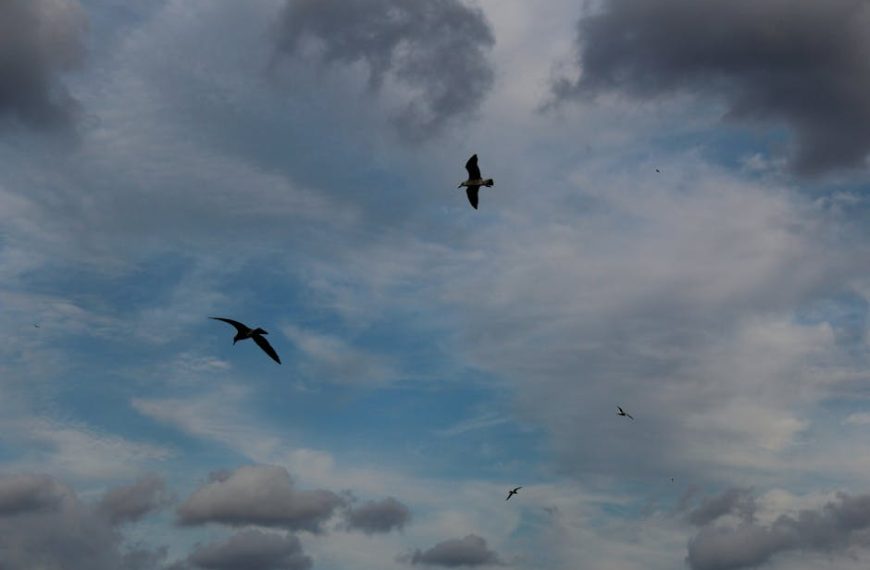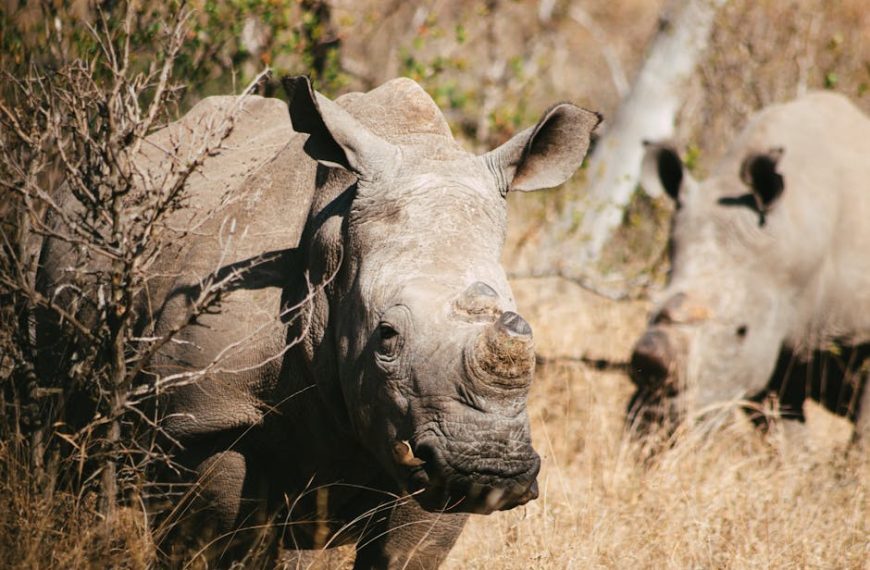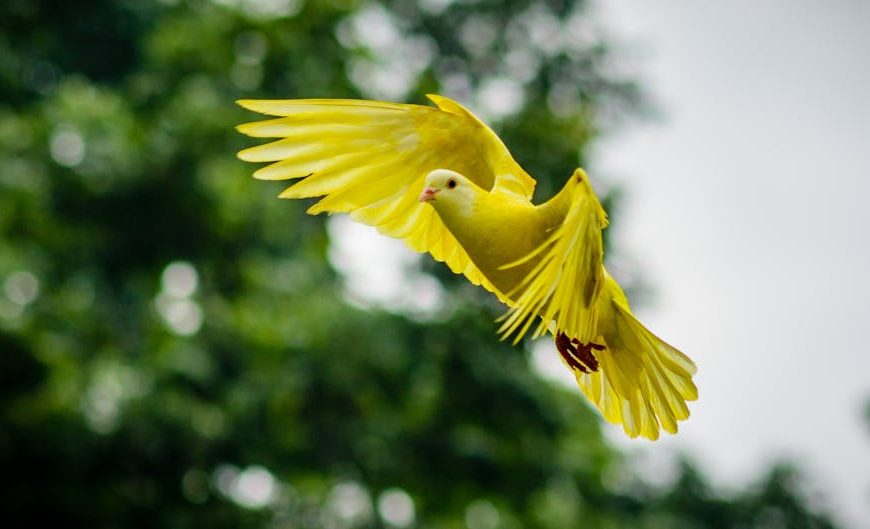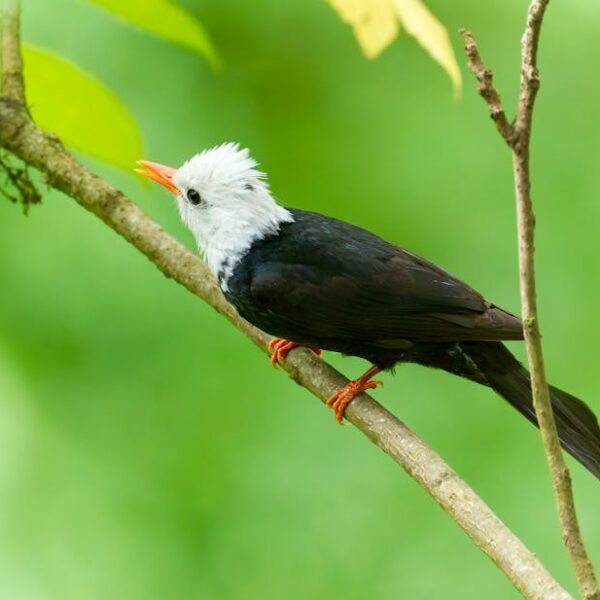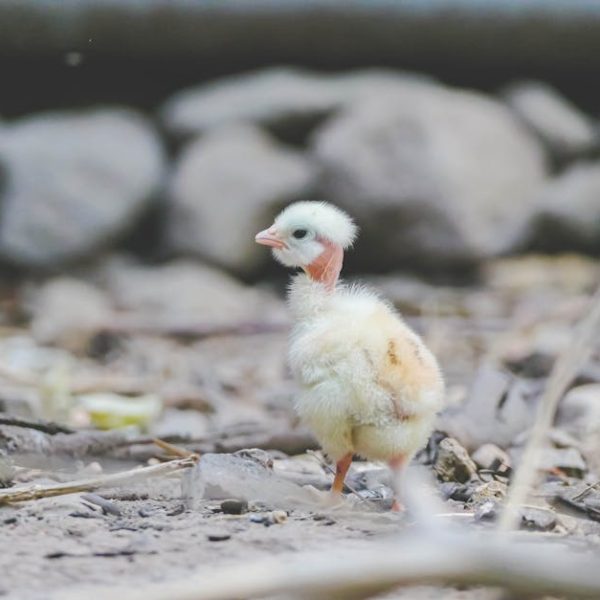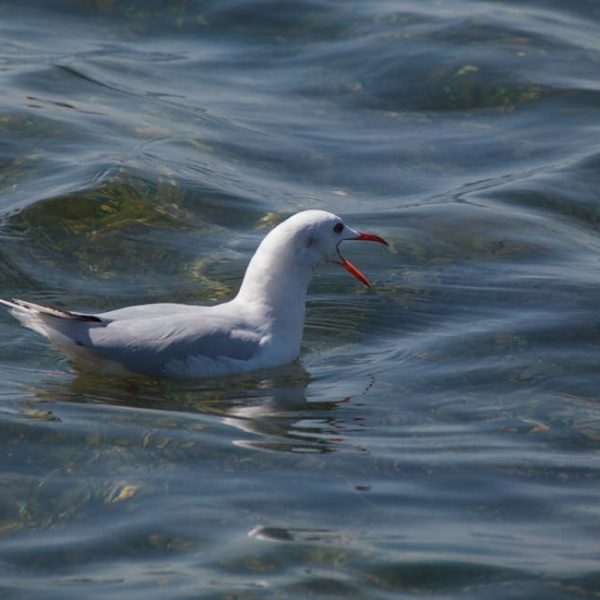Orange birds are a fascinating focal point for both avid birdwatchers and casual observers alike. Known for their vibrant plumage, these avians not only provide a stunning visual spectacle but also play significant roles in their respective ecosystems. This article will delve into the captivating world of orange birds, presenting essential identification features, a description of various species, their habitats, and their contribution to ecology. We’ll also analyze their present conservation status and how we can contribute to their preservation.
Identification of Orange Birds
While there are hundreds of bird species with varying degrees of orange coloring, some are predominantly recognized by their striking orange plumage. These include the Baltimore Oriole, celebrated for its vibrant orange and black coloration, the American Robin with its rusty-orange belly, and the fire-like Rufous Hummingbird, boasting a glowing orange-red coat.
When identifying orange birds, the secret lies in focusing on more elements beyond color. Shape, size, and the bird’s behavior are all crucial in categorizing accurately. For instance, a Male Northern Cardinal may have a distinctly orange hue in certain lighting, but its crested head and seed-crushing beak distinguish it from classic orange birds.
✏️ Pro Tip: Find a reliable field guide to familiarize yourself with different species and use binoculars for close observation, ensuring that the plumage’s hues are not mistaken under distinct lighting conditions.
Detailed Characteristics of Some Orange Birds
Getting to know some of the most common orange birds closely will make identification easier and enrich your birdwatching experience.
Baltimore Oriole: Adult males are flame-orange and black, with a solid-black head and one white bar on their black wings. Females and immature birds are yellow-brown on the upper parts with darker wings, and a dull orange on their breast and belly. Orioles are skilled acrobats that can hang upside-down in tree canopies looking for insects and fruits to eat.
American Robin: This bird possesses a warm orange belly and a contrasting dark gray to brown back. Robins rummage in grassy areas looking for their favorite food, earthworms. Their sweet and melodious songs often cheer up early morning risers.
Rufous Hummingbird: Males are bright orange-coppery on their back and flanks with an iridescent red throat, while females are green above and orange below. Hovering over flowers for nectar, they also catch insects mid-air or pluck them from spider webs.
Best Practices: Before heading out for birdwatching, familiarize yourself with their calls and sounds using online bird sound libraries. This will allow you to identify them not only by sight but also by sound, which adds an extra dimension to your birdwatching experience.
Comparison:
| Species | Size | Distinguishing Features | Preferred Diet |
|---|---|---|---|
| Baltimore Oriole | 7-8.25 in | Flame-orange and black, with a solid-black head | Insects, fruits, and nectar |
| American Robin | 9-11 in | Warm orange belly, contrasting dark gray to brown back | Earthworms, insects, berries |
| Rufous Hummingbird | 3-3.75 in | Orange-coppery back and flanks, iridescent red throat for males; green above and orange below for females | Nectar, insects |
Habitats of Orange Birds
Orange birds can be found in a variety of environments; from the lush woodlands, to wetlands, and even some arid deserts. These habitats not only offer the necessary sustenance for these birds but also play a critical role in their mating and nesting activities.
Baltimore Orioles, for example, have a preference for open areas with tall trees and are often found near water, in orchards, and around rural homes. American Robins are remarkably adaptable, being at home in woods, gardens, parks, and backyards. The Rufous Hummingbird, on the other hand, prefers mixed woodlands, gardens, and meadows in its breeding area.
Some of the specific locations around the world known for their high numbers of orange birds include:
- The Midwest and Central regions of North America for Baltimore Orioles
- Across North America for American Robins
- Pacific Northwest for Rufous Hummingbirds
✏️ Pro Tip: The best time for birdwatching is during the early morning and late afternoon when most birds are actively searching for food. The spring season during migration time is especially productive as many species travel to and from their nesting grounds.
Significance and Role of Orange Birds in Ecosystem
These vibrant winged creatures do more than paint the sky with their striking colors. From aiding in pollination to controlling pests, orange birds play a significant part in maintaining ecological balance.
For example, Baltimore Orioles are known for their insectivorous diets, controlling the insect population in their preferred habitats. As frugivores, they also help disperse seeds across various regions. American Robins are popular as ecological indicators due to the variety in their diet, signaling changes in environmental health through shifts in their behavior. Rufous Hummingbirds, with their diet of nectar, assist in pollination, transferring pollen from one flower to another in their quest for nectar.
Best Practices: While enjoying birdwatching, ensure your activities do not disrupt their habitats. Keep a safe distance when observing birds, especially during breeding season to avoid stressing the birds. Avoid using flash photography as it can scare and confuse the birds, potentially leading them to abandon their nests.
Conservation Status of Orange Birds
As mesmerizing as orange birds are, some species are vulnerable, facing various threats from habitat destruction to climate change. Our shared responsibility is to ensure we contribute to the preservation of these species.
Various conservation strategies are being employed to save these species. Protection and restoration of habitats, research and monitoring of bird populations, and public education about birds and their ecosystem roles are just a few.
But how efficient are these strategies? Take a look:
| Conservation Strategy | Pros | Cons |
|---|---|---|
| Restoring Habitats | Provides birds with safe and viable environments | Can be costly and take time to see results |
| Research and Monitoring | Lends to better understanding and solutions | Requires significant resources and manpower |
| Public Education | Creates awareness and action | Not everyone may be responsive or have access |
✏️ Pro Tip: Taking small steps can make a big difference. You can contribute by planting bird-friendly gardens, keeping cats indoors (to protect from potential predation), participating in citizen science projects, and supporting organizations working towards bird conservation.
In sum, orange birds are an essential part of our planet’s biodiversity. Their conservation is a duty that we all share in order to maintain the rich tapestry of life on our planet.
Key Takeaway:
- Orange birds, such as the Baltimore Oriole, the American Robin, and the Rufous Hummingbird, are characterized by their vivid plumage and unique behaviors.
- These birds inhabit various environments, including woodlands, wetlands, and deserts, and they play significant roles in their respective ecosystems.
- While some orange bird species are currently endangered or at risk, there are numerous conservation efforts underway to ensure their survival, such as restoring habitats, research and monitoring, and public education.
Orange birds contribute to the liveliness of our world with their vibrant colors and varied roles in the ecosystem. For those passionate about birdwatching or general nature studies, these avians are certainly a treat to explore. Remember, responsible observation is key to enjoying their vivacity without causing them distress.
FAQs
Q: What factors should I consider when identifying orange birds?
A: Beyond their vibrant color, it is important to consider factors such as size, shape, and behavior to accurately identify orange birds.
Q: Are orange birds found worldwide?
A: Yes, orange birds can be found all around the world, though certain species may be concentrated in particular regions.
Q: Can changing environmental conditions affect the population of orange birds?
A: Absolutely. Changes in environmental factors, such as habitat destruction and climate change, greatly impact bird populations.
Q: How can I contribute to the conservation of orange birds?
A: You can contribute by keeping cats indoors, planting bird-friendly gardens, participating in citizen science projects, and supporting organizations that advocate for bird conservation.
Q: Are there any harmful effects of birdwatching on these species?
A: Improper birdwatching practices, like getting too close to nests or using flash photography, can distress and disturb the birds. It is important to observe them from a safe distance and avoid disturbing their natural behavior.
Sharing is caring, so share this article to spread the knowledge about these marvelously colored birds. To learn more about such fascinating wildlife, continue exploring our website!


